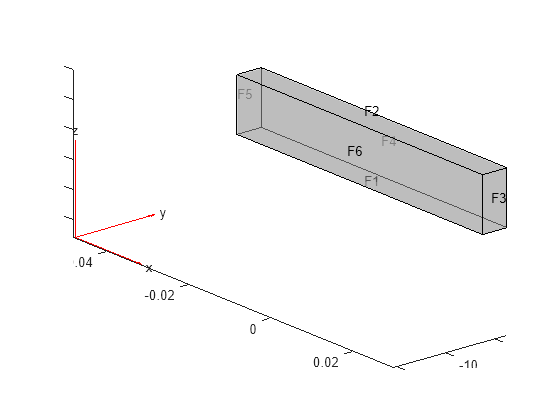evaluateStrain
Evaluate strain for dynamic structural analysis problem
Description
nodalStrain = evaluateStrain(structuralresults)
Examples
Input Arguments
Output Arguments
Version History
Introduced in R2018a

